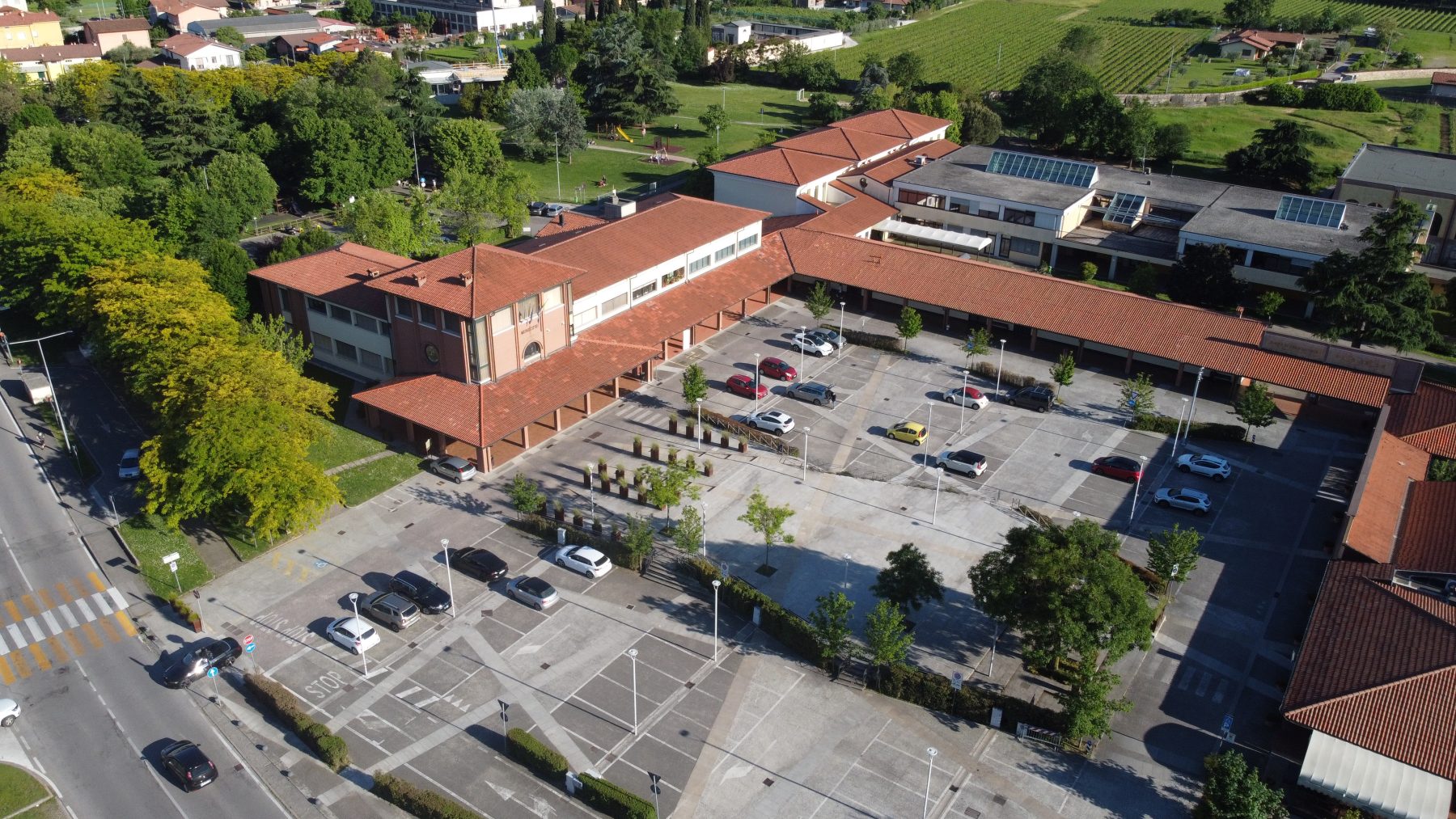
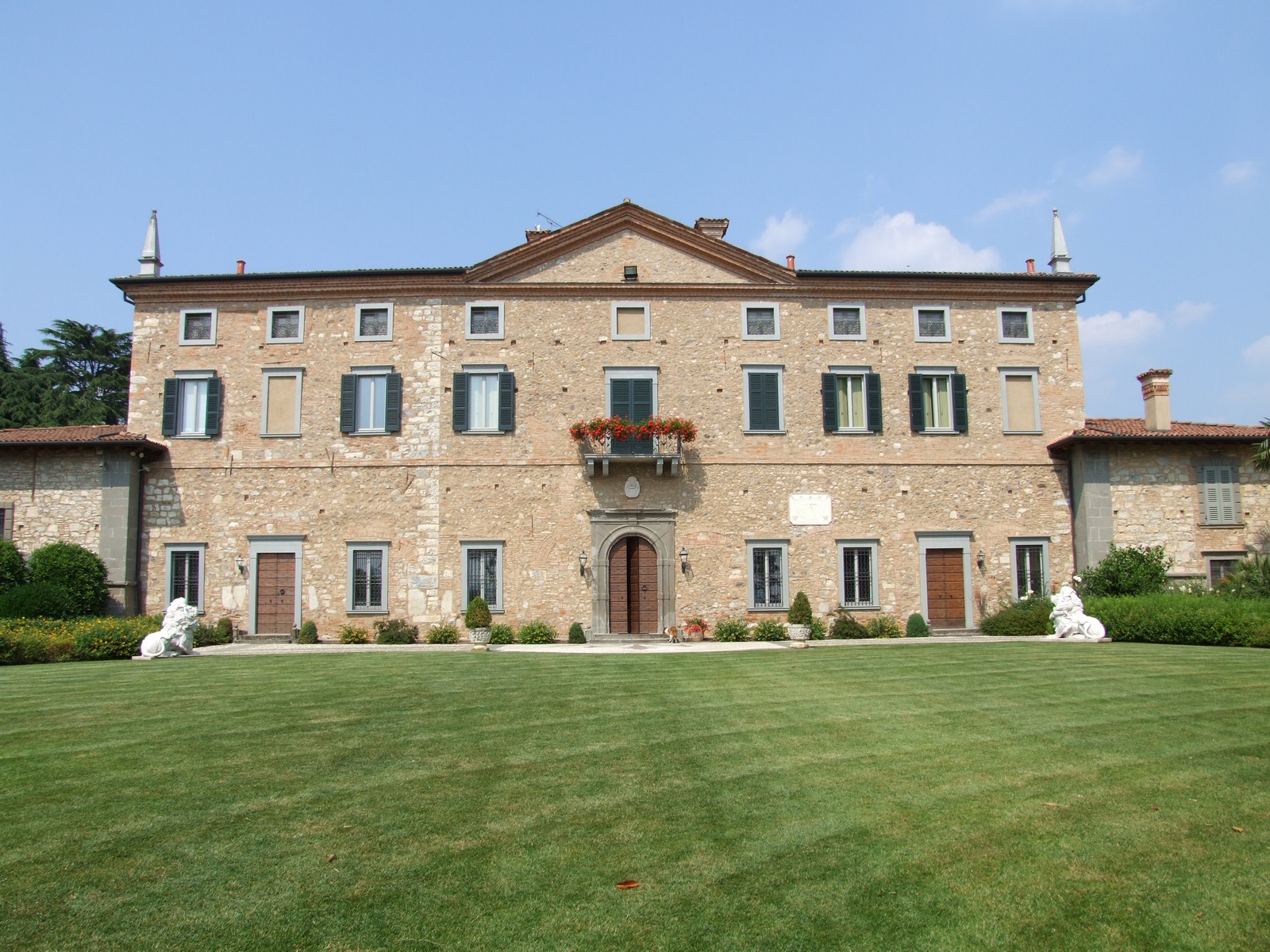
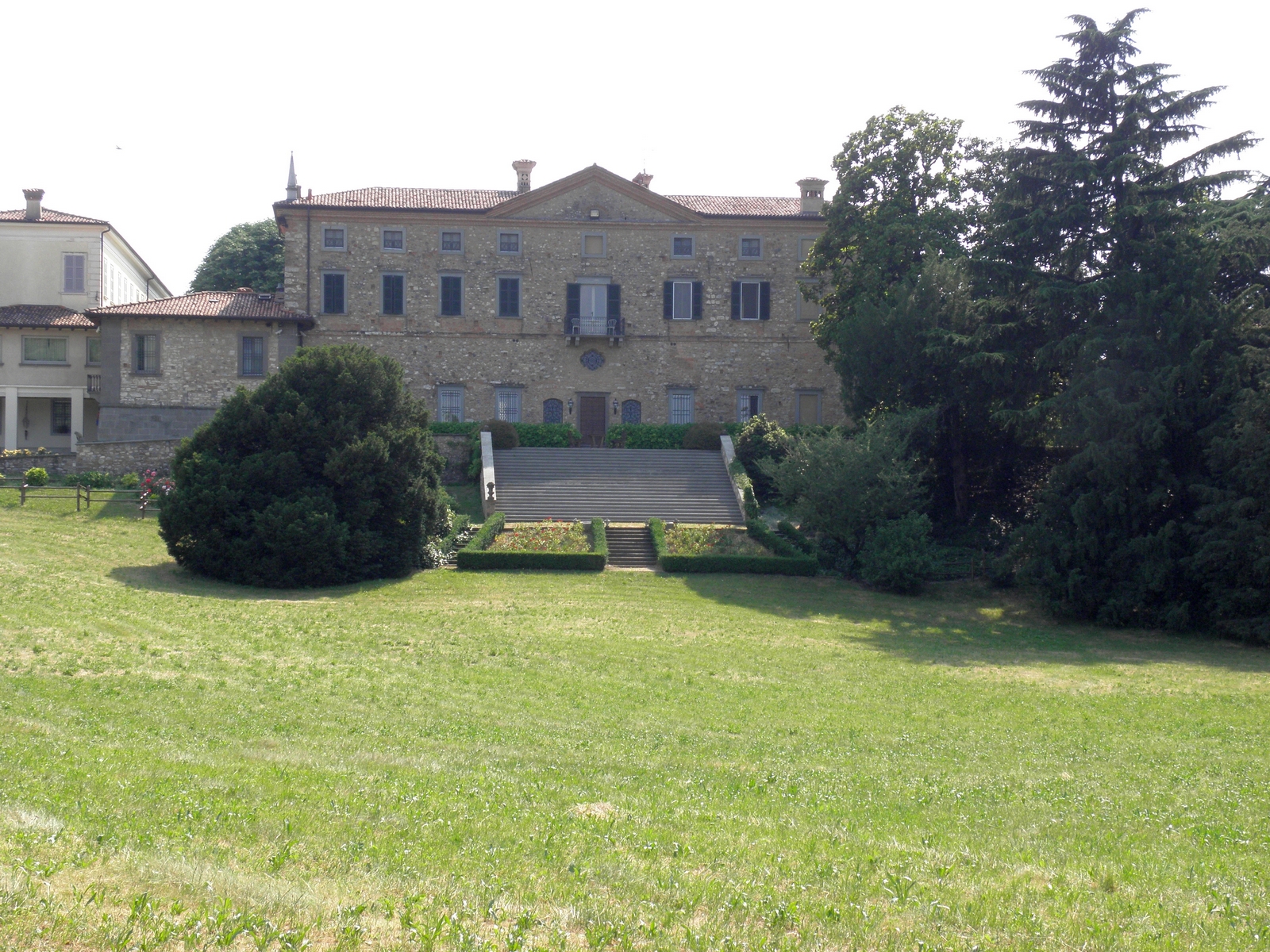
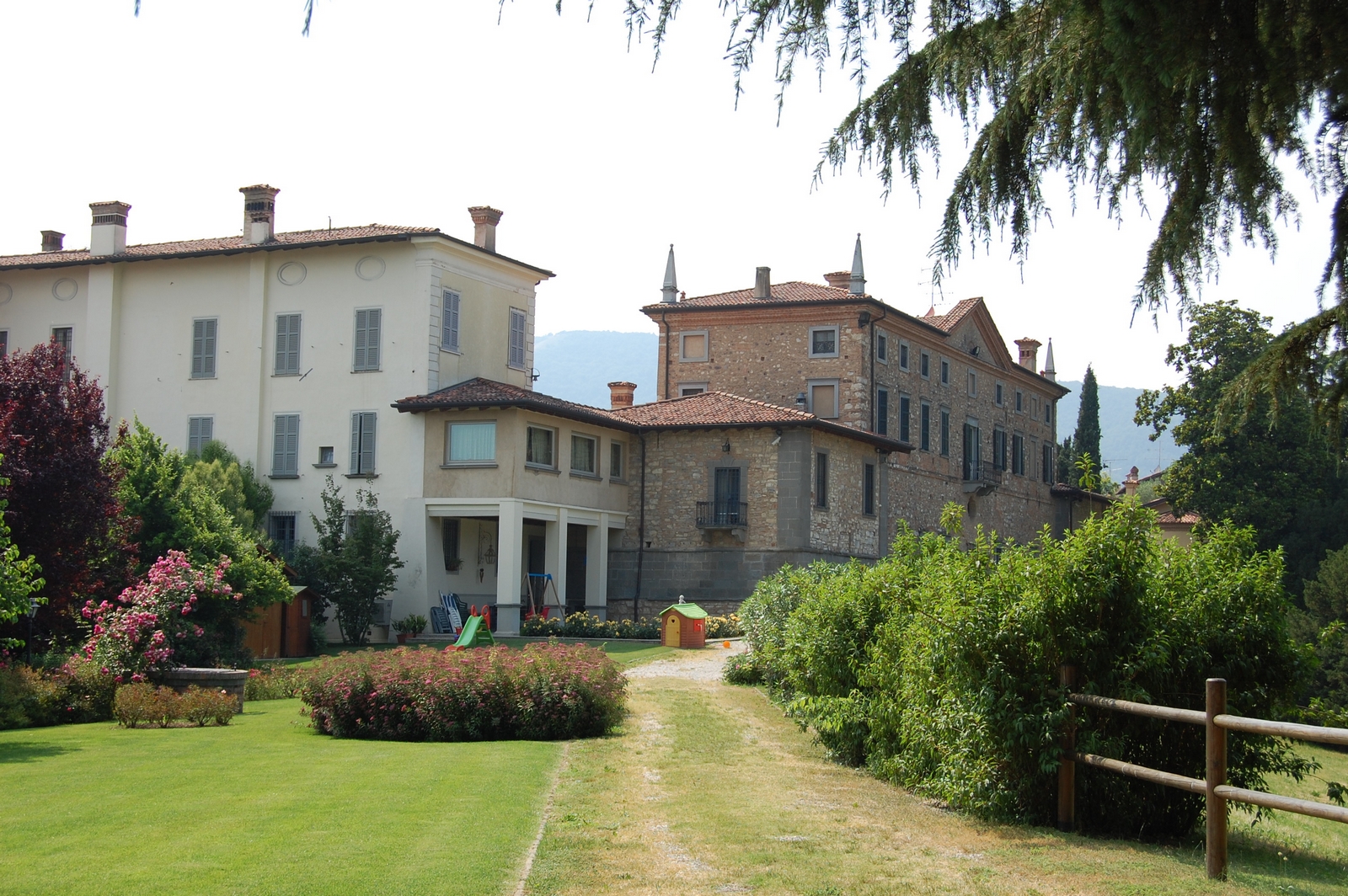
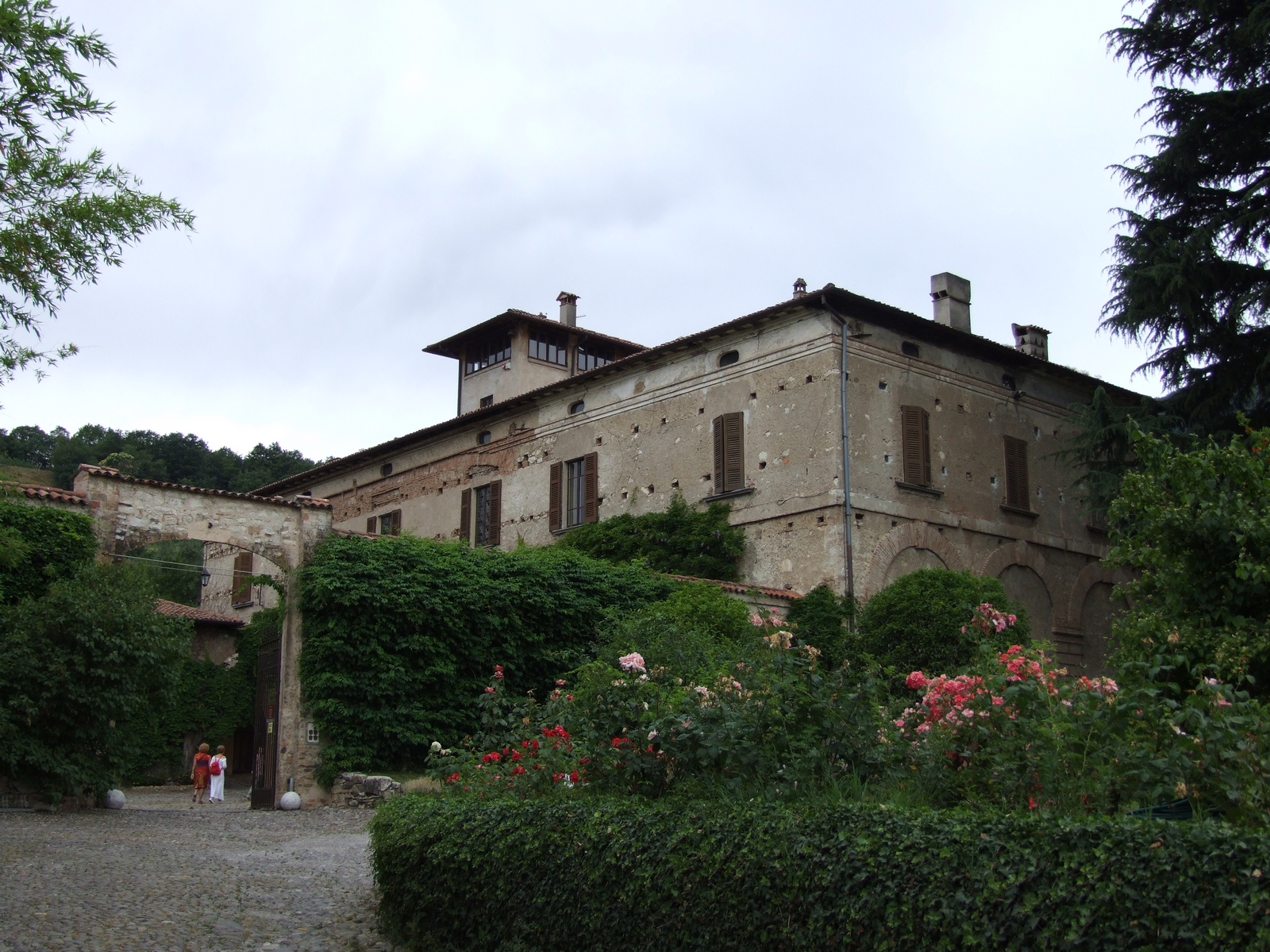
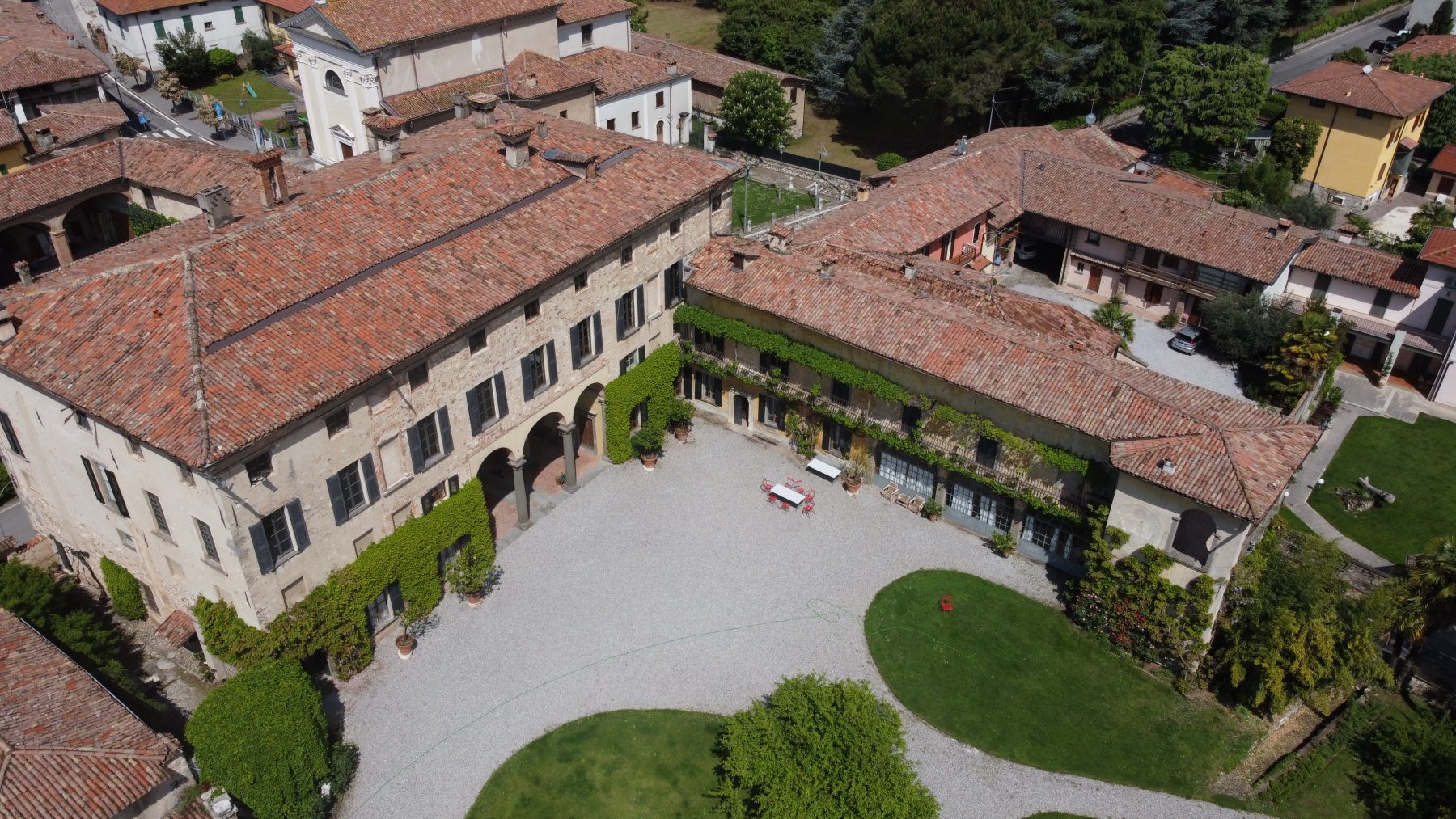
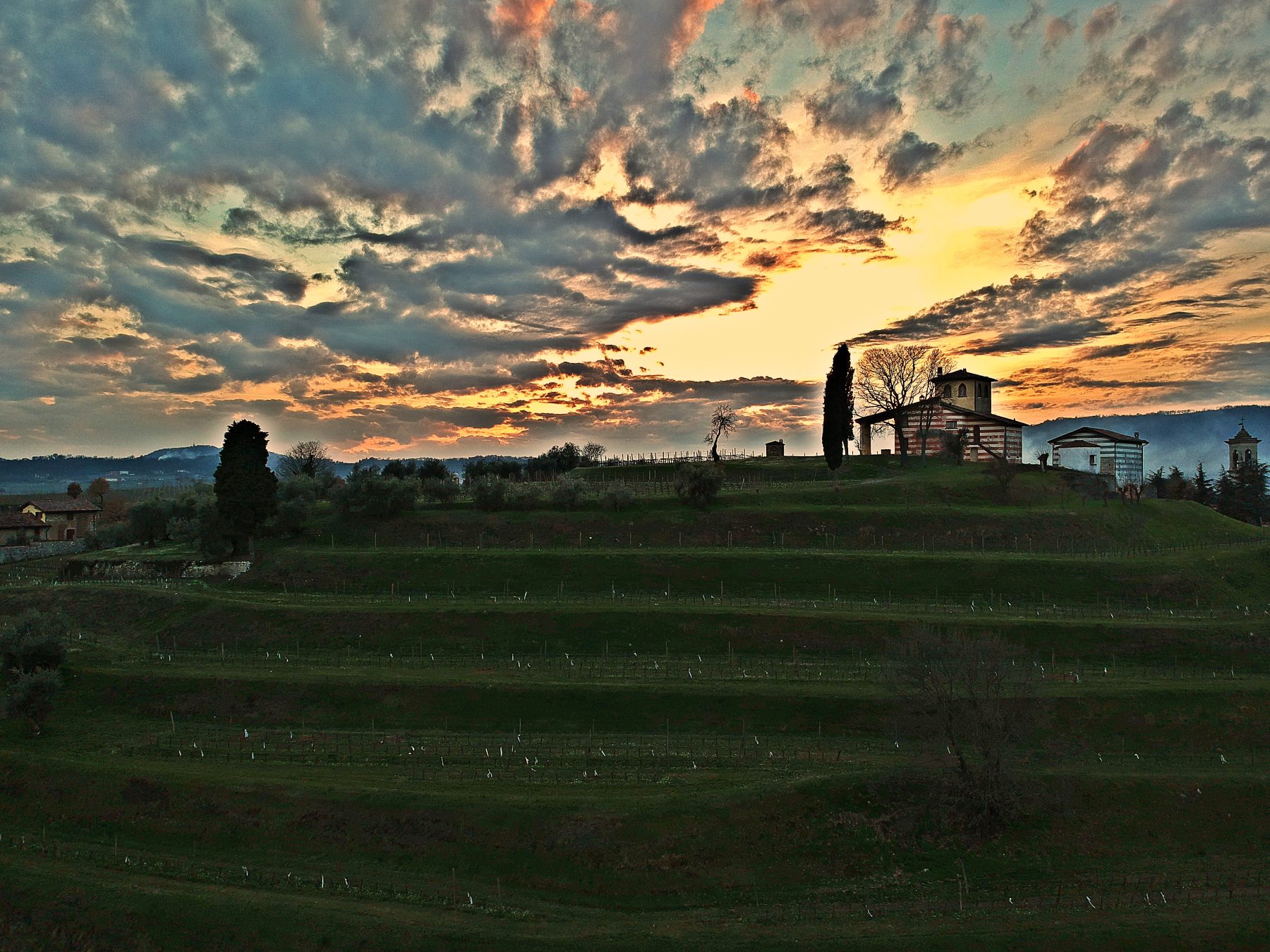
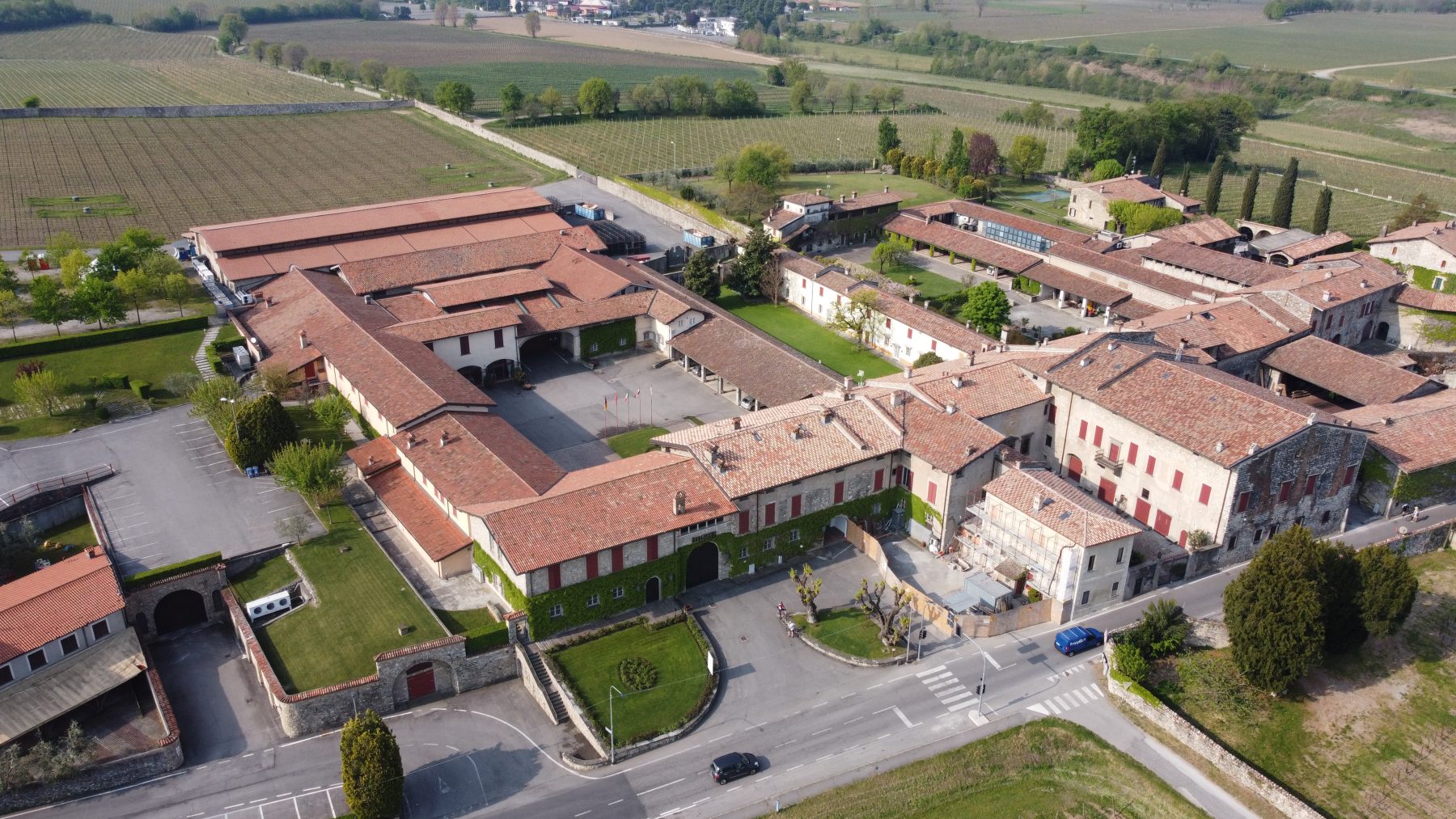
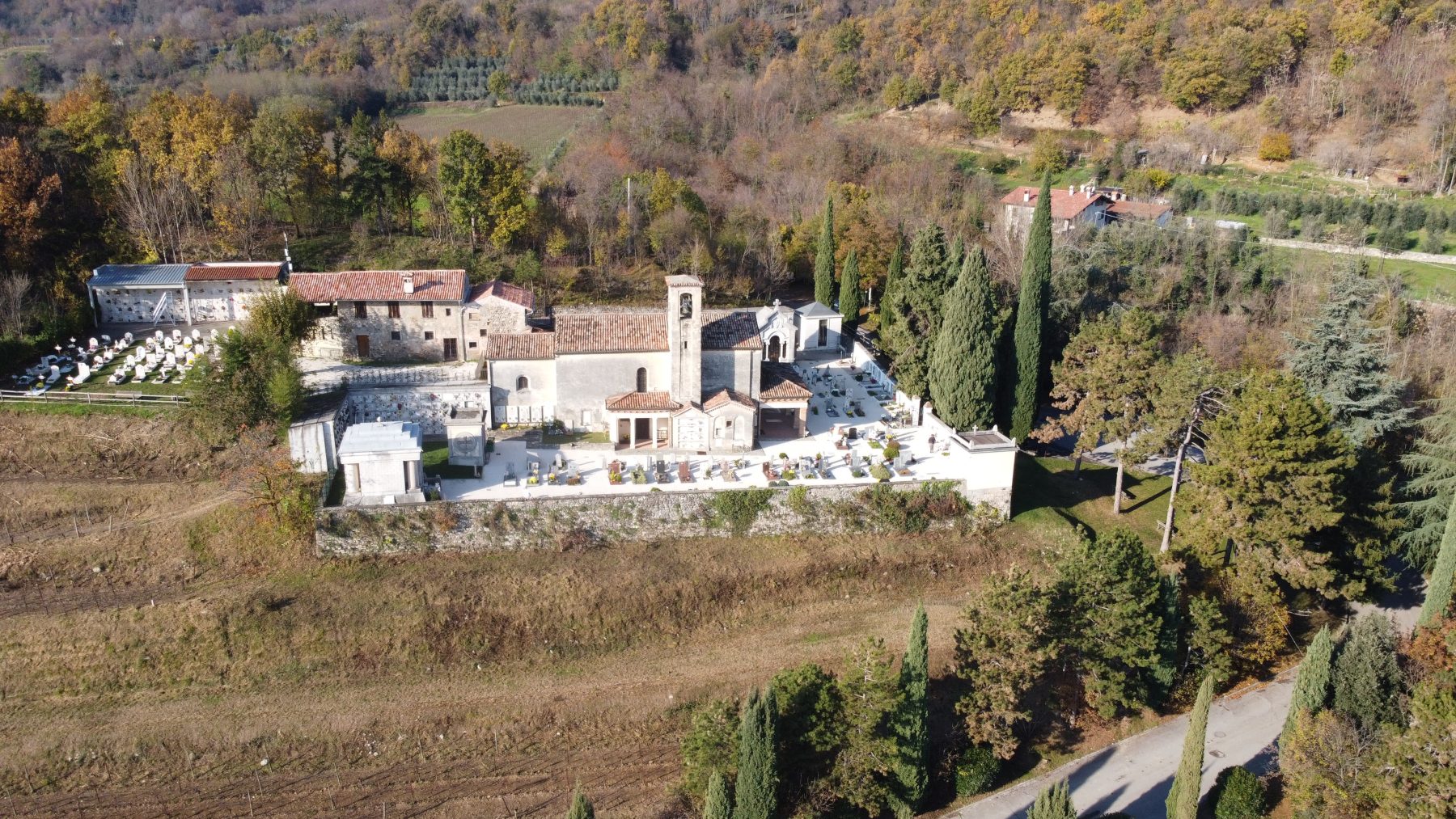
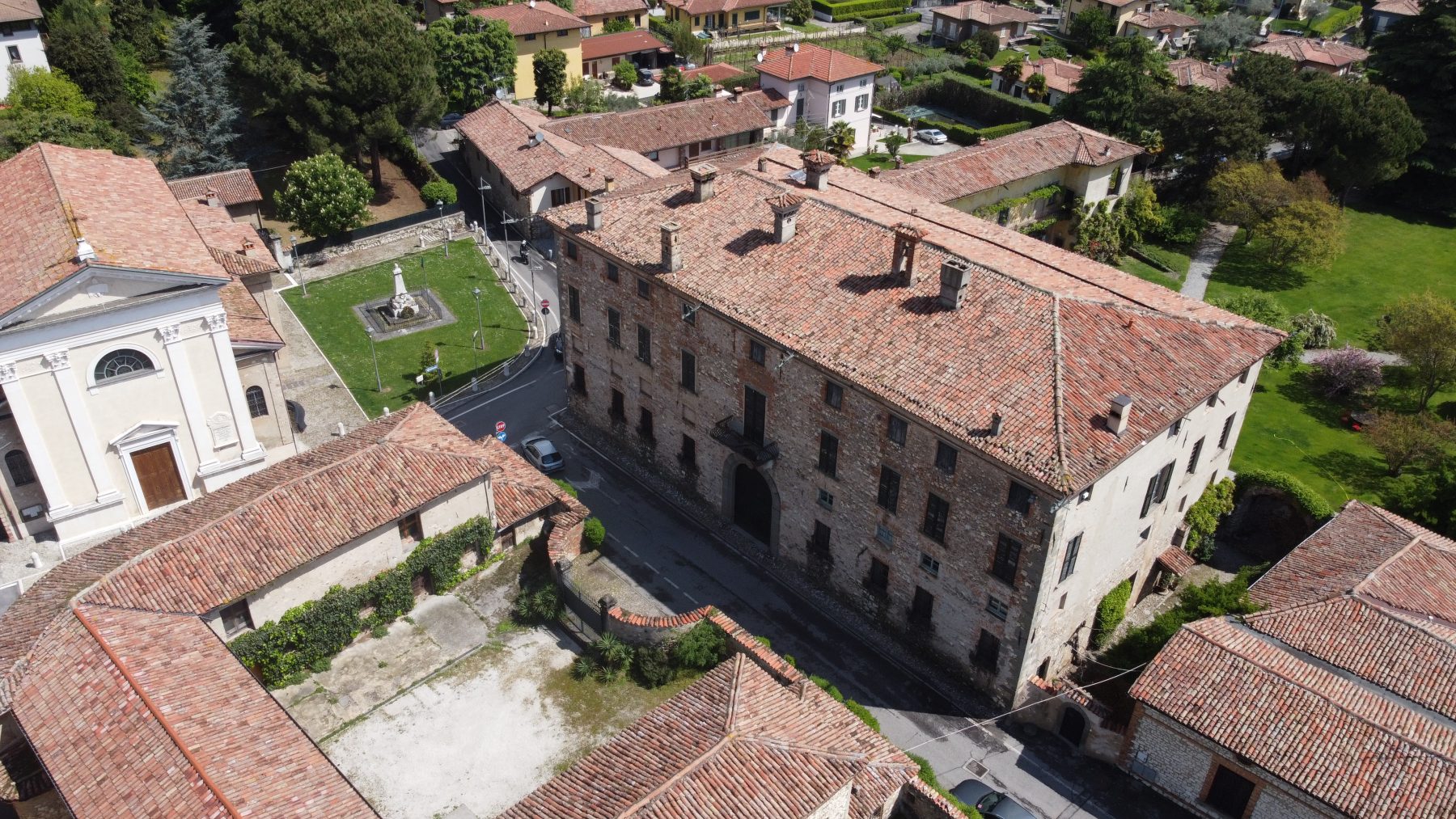
The historical centers of Corte Franca
The Municipality of Corte Franca was established by a royal decree by Victor Emmanuel III in July 1928, bringing together in a single administration the four (formerly autonomous) historic centers of Borgonato, Colombaro, Nigoline and Timoline.
The choice of the name is a free transposition of the term “Franciacorta” and reflects the origin of the rural communities in the area between the city and Lake Iseo, linked in the 13th century to the Municipality of Brescia by trade relations and tax exemptions.
The fundamental characteristic of the area is the diversity of the physical environments: the morainic hills of Nigoline and Timoline (determined by the debris deposited in glacial times by the vast “Sebino Camuno” glacier), the limestone ridge of Monte Alto in Colombaro and of the hill of Borgonato and the plain (rich in clay and wetlands and formed by gravelly, draining soil).
The northern area gravitates morphologically towards the area of the lower lake, from which it is divided by the peat basin of the Lame and Lamette, constituting the area of the Regional Nature Reserve “Torbiere del Sebino”. The southern part is furrowed by the palaeo-river of the Longherone torrent, an ancient glacial drainage that insinuated itself into the Bornato-Calino morainic front and determined the valley of the same name.
Borgonato and Nigoline are still isolated and clearly identifiable in the territory, while the settlements of Colombaro and Timoline are united by the recent urbanisations that have sprung up along the east-west road axis connecting the two villages. The four historic centres each preserve their own characteristics.
BORGONATO, an ancient early medieval court (879 A.D.) of the Brescian monastery of San Salvatore-Santa Giulia, housed a castle on the hill. The historic centre is characterised by the vast monumental complex built by the Lana family, with the Palazzo (16th cent.) and various medieval buildings with towers (13th cent.) that today hosts prestigious wine cellars. The “Borgo Antico San Vitale” and the new parish church complete the characteristic appearance of the district, lying on the hills and surrounded by vineyards.
COLOMBARO is characterised by a scattered settlement at the foot of Monte Alto. It has three poles of notable interest: in the south the nucleus of buildings forming part of the medieval ‘castrum’, in the centre the parish church dedicated to Santa Maria Assunta (18th century) and in the north the ‘contrada delle Zenighe’ with the church of Santa Maria (14th century) and the Palazzo Lana-Ragnoli (17th century).
NIGOLINE BONOMELLI has its historical centre arranged along the street that crosses the town and its main characteristic is the presence of important noble residences, such as Palazzo Monti della Corte (17th century), Palazzo Torri (17th century) and Palazzo Pancera di Zoppola (19th century). The parish church of San Martino (17th century) is located in the centre of the district, while on the hill there’s the ancient church of Sant’Eufemia, of great historical and artistic interest for its architecture and preserved frescoes. Among its illustrious figures, Nigoline counts Monsignor Geremia Bonomelli (1834-1914), bishop of Cremona, writer, historian and sociologist, in whose honour the name of the town was changed in 1971 by adding the surname “Bonomelli”.
TIMOLINE is located on the hills in the south of the “Torbiere del Sebino” Nature Reserve, where significant finds from prehistoric and Gallo-Roman times have been unearthed. The locality is documented in 766 A.D. as the court of the monastery of San Salvatore-Santa Giulia and the site of a fortified village in 915. The remains of the medieval castle and the imposing 17th-century Palazzo Pizzini (with its large English garden) are preserved on the hill. Further south, there’s the religious complex of the parish churches, consisting of the old (16th century) and new (20th century) churches dedicated to Saints Cosmas and Damian.
Translations and photos by Comune di Corte Franca.











